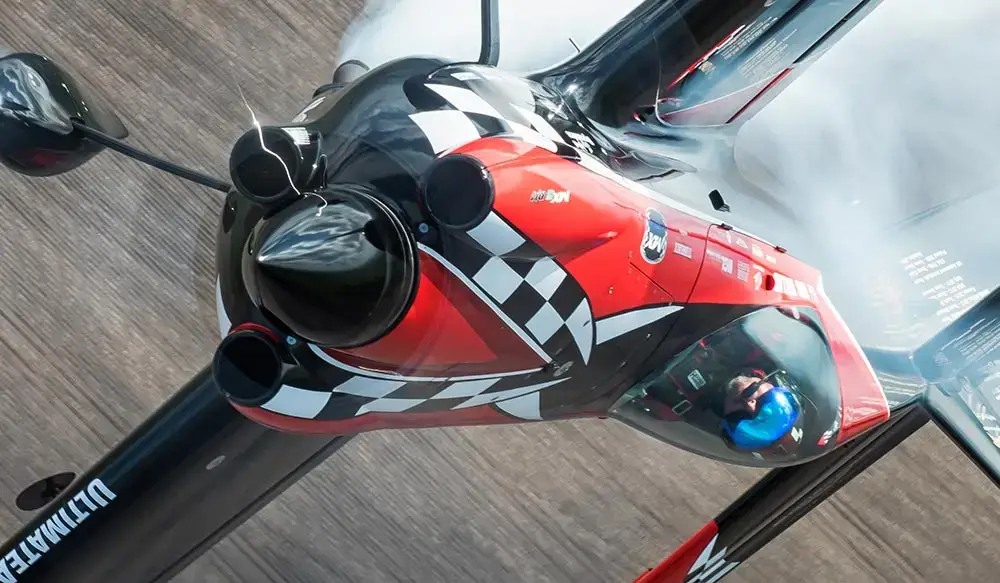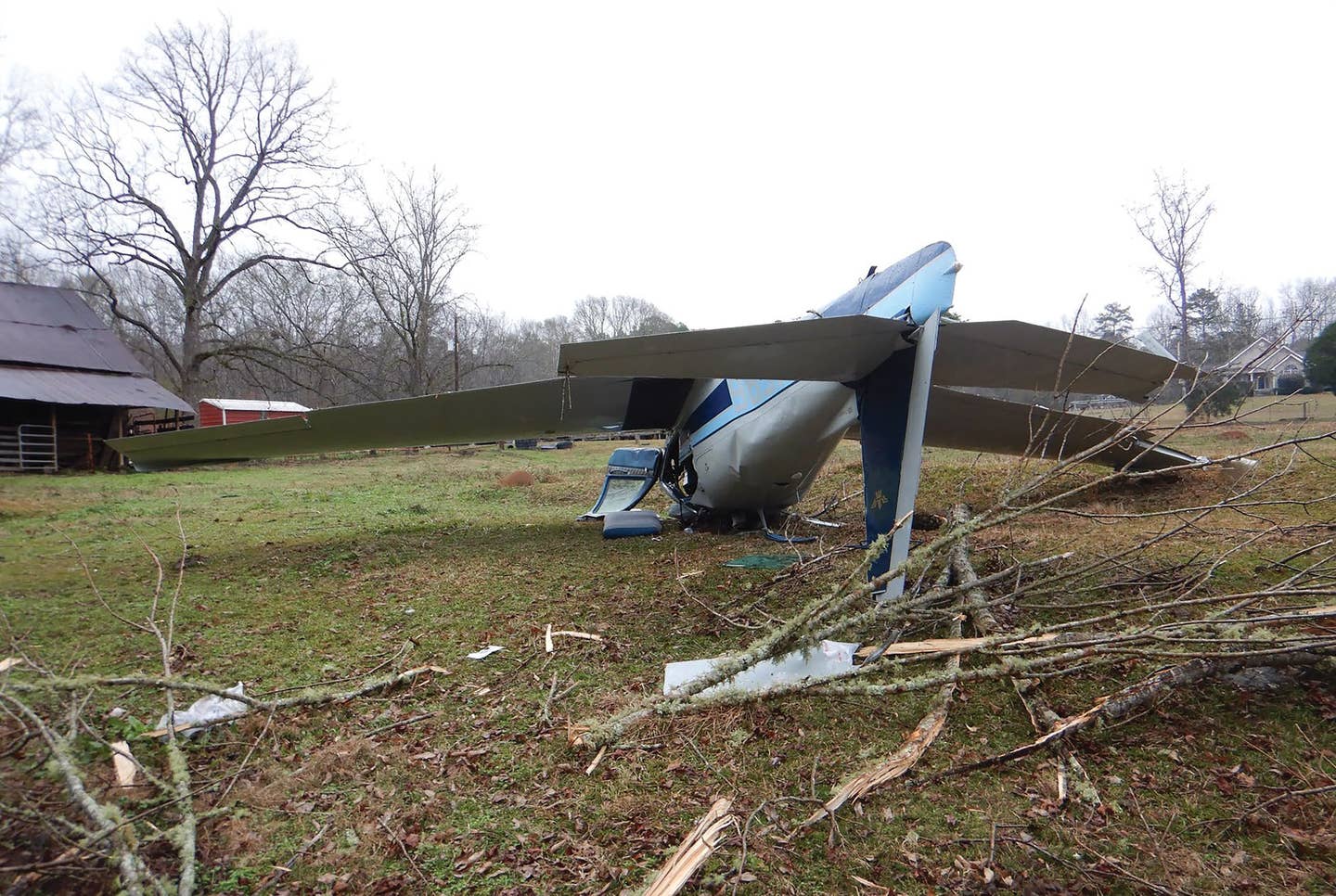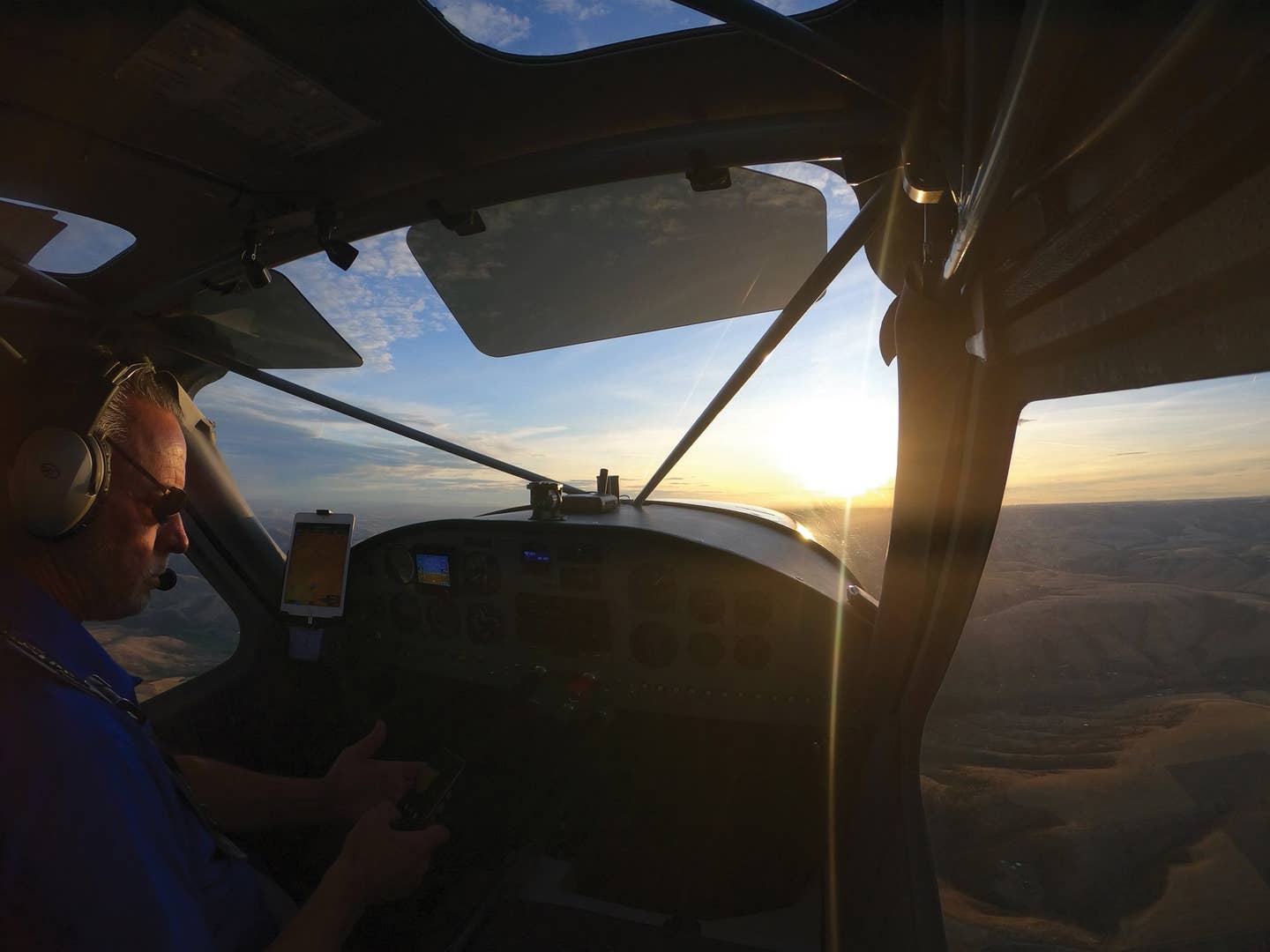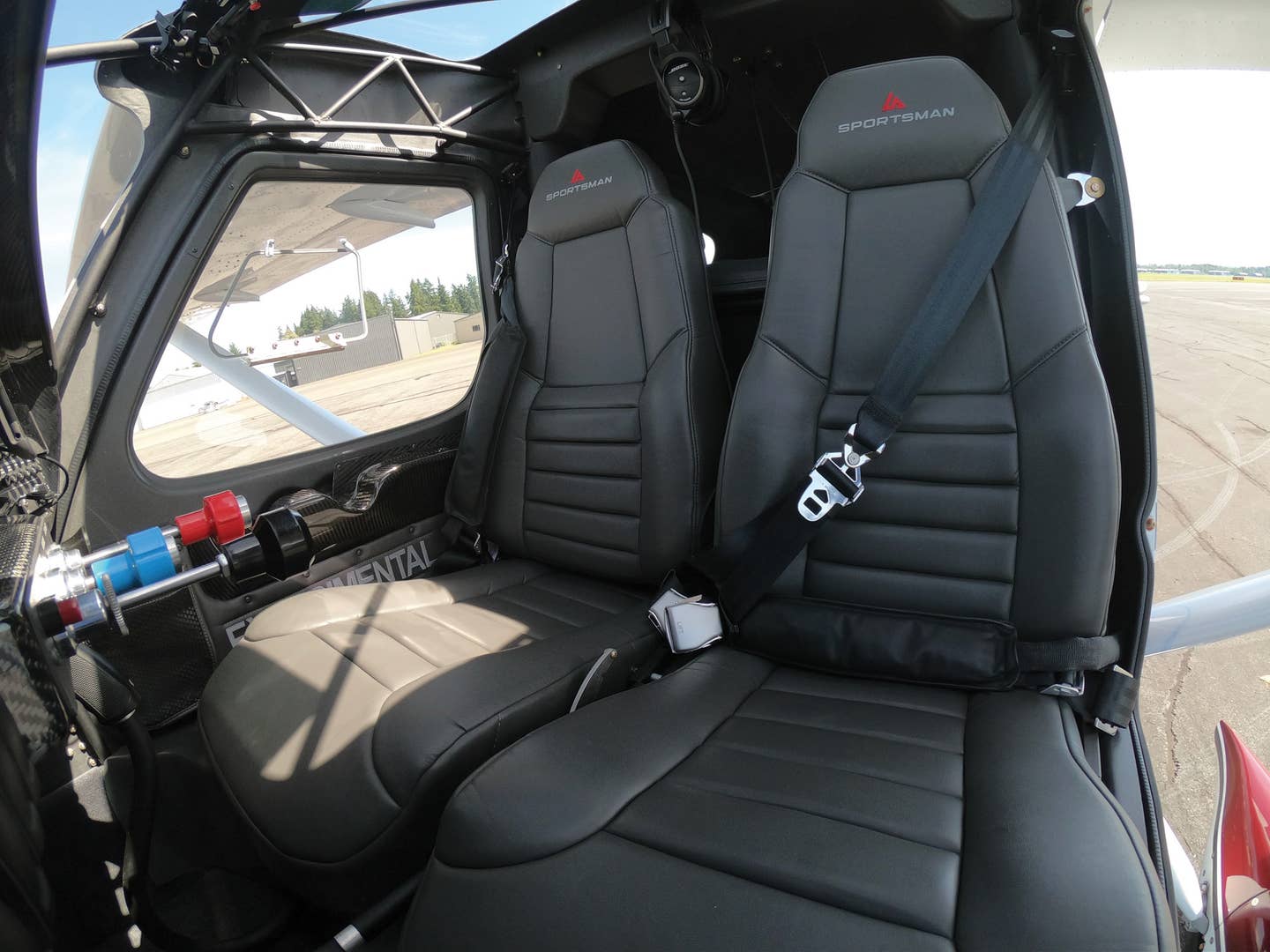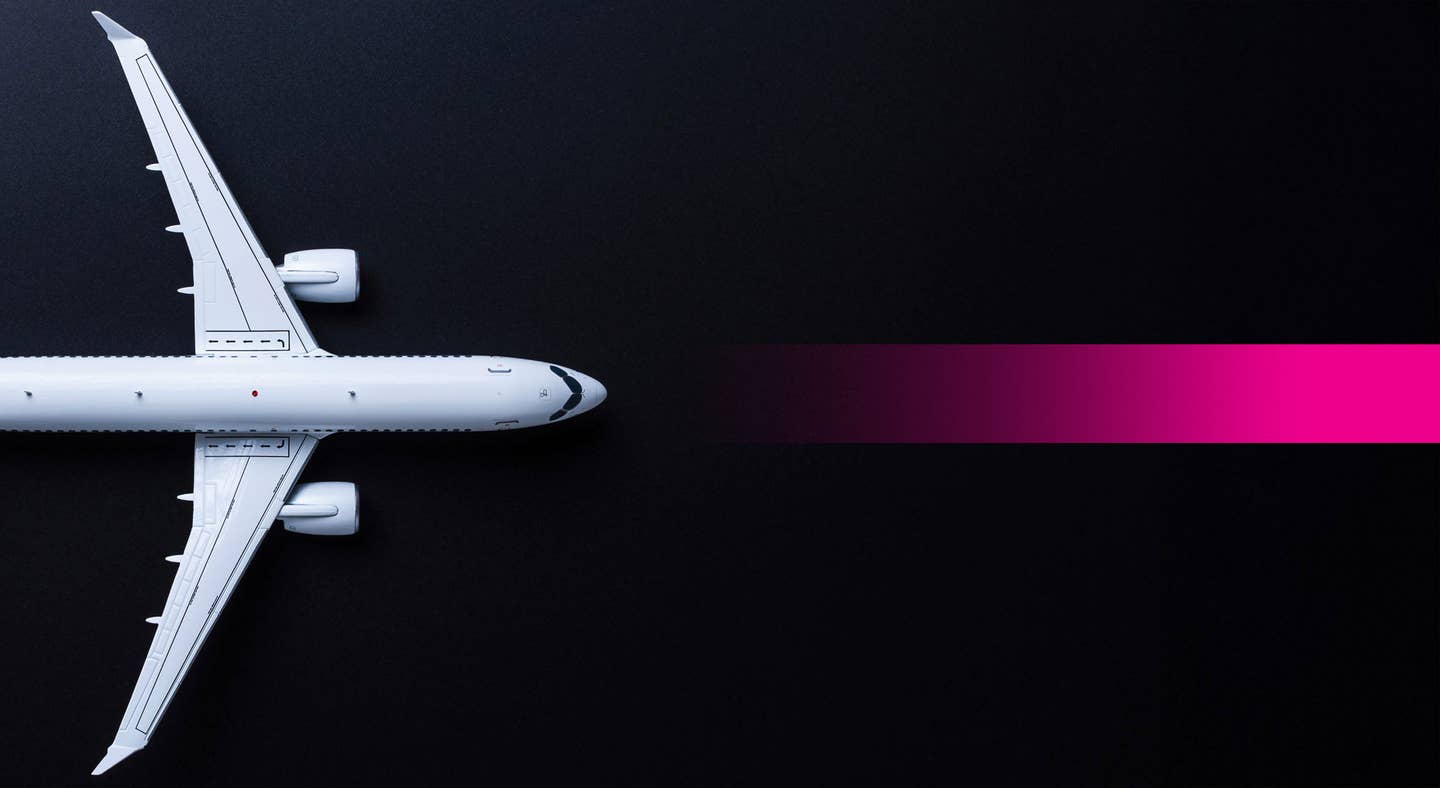Close Calls On The Runways
Having a clearance doesn’t always guarantee that you’re clear
 INCURSION STATS. In 2010, the trend for runway incursions rose from quarter to quarter, with 192 in the first, 220 in the second, 270 in the third, and 294 in the final three months, for a total of 966. |
Prominent on its list of Most Wanted Safety Improvements for 2011 is an assessment by the NTSB that the FAA needs to speed up improvements to procedures and equipment in order to help eliminate runway incursions.
The NTSB says the FAA needs to give immediate warnings of probable collisions and incursions directly to flight crews, rather than filtering the information through controllers. It also says the FAA should require operators to install moving-map displays or an automatic system that alerts pilots when a takeoff is attempted on a taxiway or a runway other than the one intended. It also says pilots should do a landing distance assessment with an adequate safety margin for every landing.
By the way, other subjects making the NTSB's Most Wanted list were: improved oversight of pilot proficiency; requiring crash-proof image recorders in some cockpits; improving the safety of emergency medical-services flights; improving crew resource management; reducing fatigue; and reducing dangers to aircraft flying in icing conditions.
In the vast majority of reported runway incursions, there's little potential for an accident. The same is likely true of unreported and unquantified runway incursions at uncontrolled airports where incidents may end with a few unkind words on radio rather than the crunching of aluminum. When an accident at a major airport is narrowly avoided, the Safety Board wants to find out if there are systemic shortcomings or lapses in human performance.
PC-12/CRJ-200
Just after 10:15 on the morning of May 29, 2009, PSA Airlines flight 390 came close to hitting a single-engine Pilatus PC-12 on runway 18L at the Charlotte Douglas International Airport (CLT) in Charlotte, N.C. The Canadair Regional Jet CRJ-200 was on a Part 121 flight from CLT to the New Bern Craven County Airport (EWN), New Bern, N.C. Flight 390 had a crew of three and 43 passengers. The PC-12 had two pilots and one passenger. It was on a Part 91 IFR flight to Asheville Regional Airport (AVL), Asheville, N.C.
Flight 390, using the identifier "Bluestreak 390," had been cleared to taxi to runway 18L. A couple of minutes later, the PC-12 contacted ground control for taxi clearance and the pilot said they wanted to "waive the wake" indicating that the pilot was waiving any holding required for wake turbulence from a preceding aircraft. The controller cleared the PC-12 to taxi to runway 18L, hold short of taxiway D, and expect an intersection departure at taxiway A. At 10:13:26, the PC-12 was told to cross taxiway D and taxi to the intersection of taxiway A and runway 18L. Taxiway A intersected runway 18L approximately 2,500 feet from its approach end.
At 10:15:11, the local controller cleared flight 390 to taxi into position and hold at the approach end of runway 18L and advised that there was traffic landing on runway 23, which intersected runway 18L. At 10:16:40, the local controller cleared flight 390 for takeoff. Flight 390 acknowledged and began its takeoff roll. Three seconds later, at 10:16:47, the local controller directed the PC-12 to taxi into position and hold on runway 18L. The pilot of the PC-12 had been holding short of runway 18L on the east side of the runway at taxiway A, and had not radioed the controller that he was ready for departure. The control tower was equipped with airport surface detection equipment (ASDE). As the PC-12 entered the runway, the ASDE system activated with an aural alert: "Warning, runway 18L occupied." The tower controllers immediately began scanning to identify the conflict. At 10:17:10, the local controller canceled the takeoff clearance for the regional jet by radioing, "uhm cancel takeoff clearance uhm Bluestreak." At 10:17:22, flight 390 transmitted that they were "rejecting 18L."
The controller told flight 390 to hold its position on the runway. The PC-12 radioed the tower that they were getting off of runway 18L at taxiway D6. Flight 390 asked for and was given clearance to exit runway 18L at taxiway C9. The PC-12 pilot radioed flight 390 on the tower frequency "Bluestreak was there any contact? This is nine delta romeo." The crew of flight 390 did not respond.
The pilots of flight 390 told investigators that as they started their takeoff roll, they saw the PC-12 approaching runway 18L from the left side. As they reached approximately 85 knots, the pilots realized the PC-12 did not appear to be slowing down. When it became apparent that the PC-12 was going onto the runway, the pilot of flight 390 initiated a rejected takeoff. According to the captain, flight 390 stopped on the centerline of the runway approximately 2 to 3 feet from the PC-12. If the PC-12 had not been left of the centerline, it would have been hit.
Flight 390 taxied off the runway and stopped so the pilots could complete the rejected takeoff checklist. The pilots waited enough time for the brakes to cool, and then taxied to the approach end of runway 18L and completed the flight to EWN without further incident.
The NTSB determined that the probable cause of this incident was the controller's failure to ensure that the runway was clear prior to authorizing the PC-12 to enter the runway.
Cessna 172/CRJ-700
A regional jet missed hitting a Cessna 172 by about 10 feet on September 19, 2008, at the Lehigh Valley International Airport (ABE), Allentown, Penn. The Canadair CRJ-700 was being operated as Mesa Air Shuttle flight 7138 with two pilots, two flight attendants and 56 passengers. The Part 121 flight was en route to Chicago. Flight 7138 was taking off, and the Cessna 172 had just landed and was taxiing on the runway. The Cessna carried a pilot and two passengers. The pilots of flight 7138 aborted the takeoff, decided to have the aircraft inspected, and cancelled the flight to Chicago.
The Cessna had been on a VFR flight from Caldwell, N.J. The pilot called the Allentown tower when they were about eight miles out. The controller told the pilot to continue for runway 6 downwind. At 7:33:30 p.m., the pilot reported downwind midfield and was cleared to land. According to radar data, the Cessna crossed the threshold of runway 6 at approximately 7:36:15.
Flight 7138 earlier had been cleared to taxi, and at 7:34:50 contacted the tower to report ready for takeoff and holding short of runway 6. The controller instructed the pilot to hold short of runway 6 for landing traffic. At 7:36:27, flight 7138 was instructed to taxi into position and hold on the runway.
At 7:36:36, the local controller asked the Cessna pilot where he'd be parking, and the pilot responded that he would be going to hangar 7. The local controller instructed the pilot to turn right at taxiway A4, taxi to hangar 7 via taxiways A and J, and remain on his frequency.
At 7:37:11, the regional jet was told to fly runway heading and cleared for takeoff. Between 7:37:18 and 7:37:32, the controller turned his attention to another Cessna, ensuring that the pilot had adequate spacing and was aware of the departing jet. At 7:37:34, the pilot of the landed Cessna radioed that they had passed taxiway A4 and asked permission to exit at taxiway B. At 7:37:42, the controller responded, "...no delay, turn immediately." The pilot acknowledged.
There were no further transmissions until 7:38:16 when the local controller called flight 7138. The flight radioed, "We got it, tower---we're going to need to go back to the gate." The controller instructed the pilot to turn off at the next taxiway to the right and contact ground control. At 7:39:08, the local controller asked the pilot if they needed to telephone the tower. The pilot responded, "uh, we're going to have to, uh, the airplane was on the runway, guys, uh... we'll call you..."
A runway inspection identified skid marks that appeared to have been created by the CRJ-700's main gear during the aborted takeoff. The skid marks began about 2,200 feet into the takeoff roll and continued for 1,225 feet.
The pilot of the Cessna told investigators that when flying at night, he normally carries "...a little extra altitude..." which makes him land farther down the runway than in the daytime. After receiving clearance, he landed and was instructed to turn off at taxiway A4. He said he was going too fast to turn onto taxiway A4 so he stayed on the runway. About 10 seconds after passing A4, he radioed the controller that he needed to turn off at taxiway B. He added power, moving to the right and away from the centerline. About three or four seconds later, the regional jet went past on the left side of the runway. The pilot stated that at no time did he hear the jet being cleared into position or being cleared for takeoff.
The captain of flight 7138 told investigators that their indicated speed was about 110 knots when the Cessna pilot transmitted that he had missed his turnoff. The captain said that the first officer saw a white navigation light to the right of the centerline which appeared to be an aircraft. "He immediately made the call out to ’ABORT, ABORT!!!' and we made an immediate high-speed evasive abort with maximum braking and reverse thrust to the left side of the runway." The NTSB said ATC failed to maintain awareness of the Cessna's position and be sure that it was clear before issuing a takeoff clearance to flight 7138.
Peter Katz is editor and publisher of NTSB Reporter, an independent monthly update on aircraft accident investigations and other news concerning the National Transportation Safety Board. To subscribe, write to: NTSB Reporter, Subscription Dept., P.O. Box 831, White Plains, NY 10602-0831.

Subscribe to Our Newsletter
Get the latest Plane & Pilot Magazine stories delivered directly to your inbox

